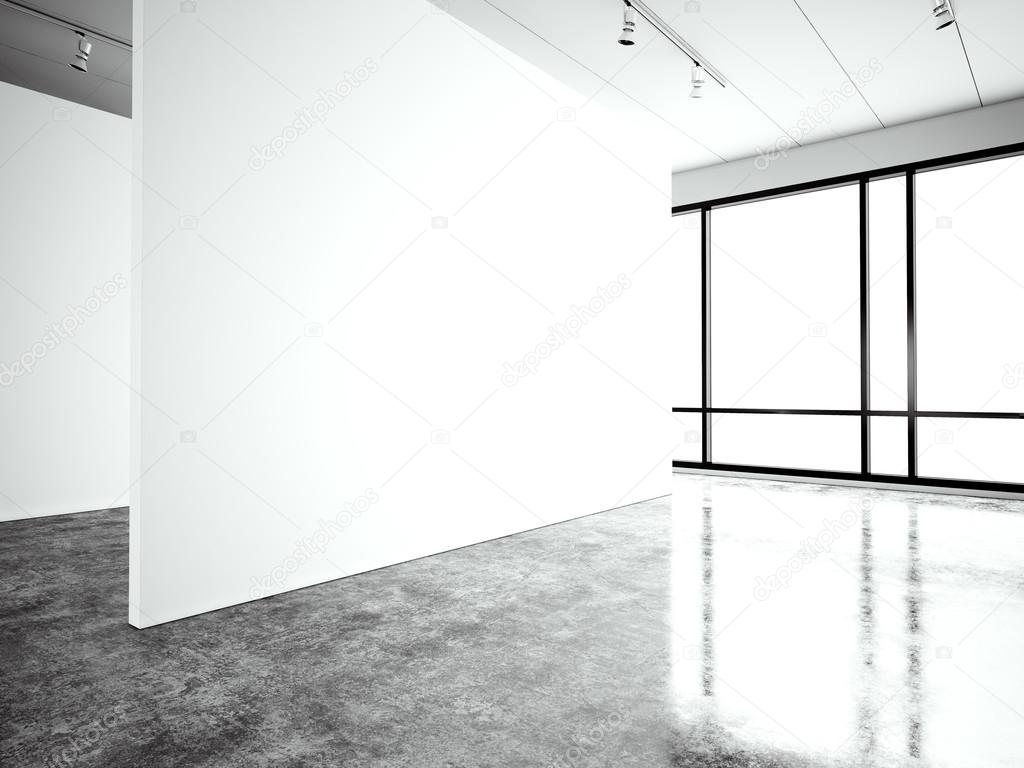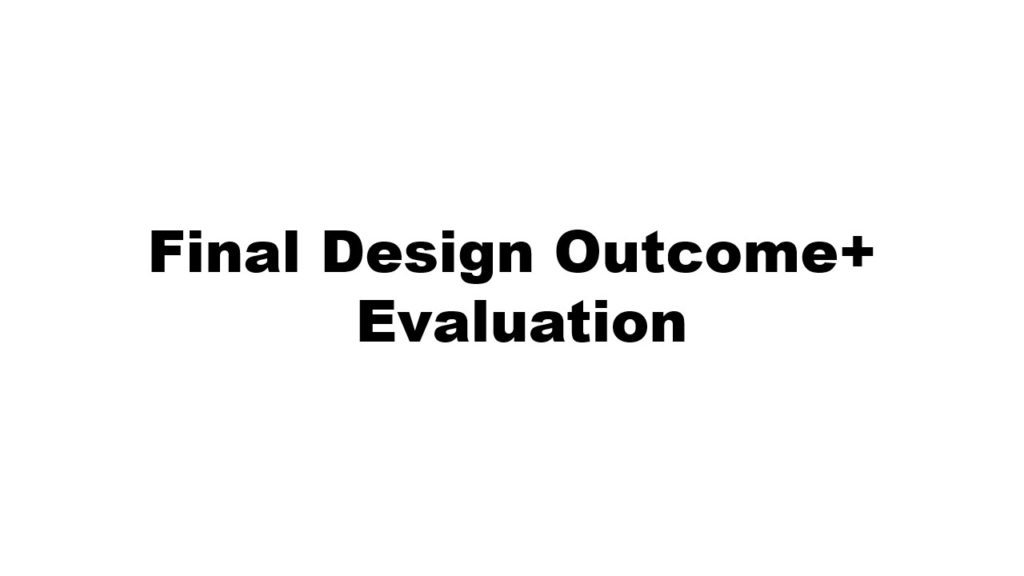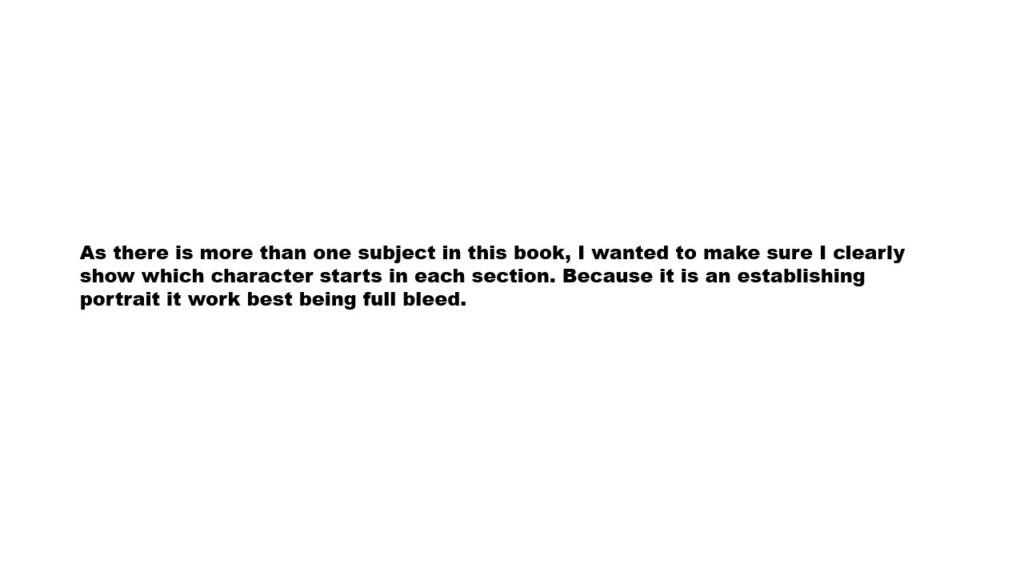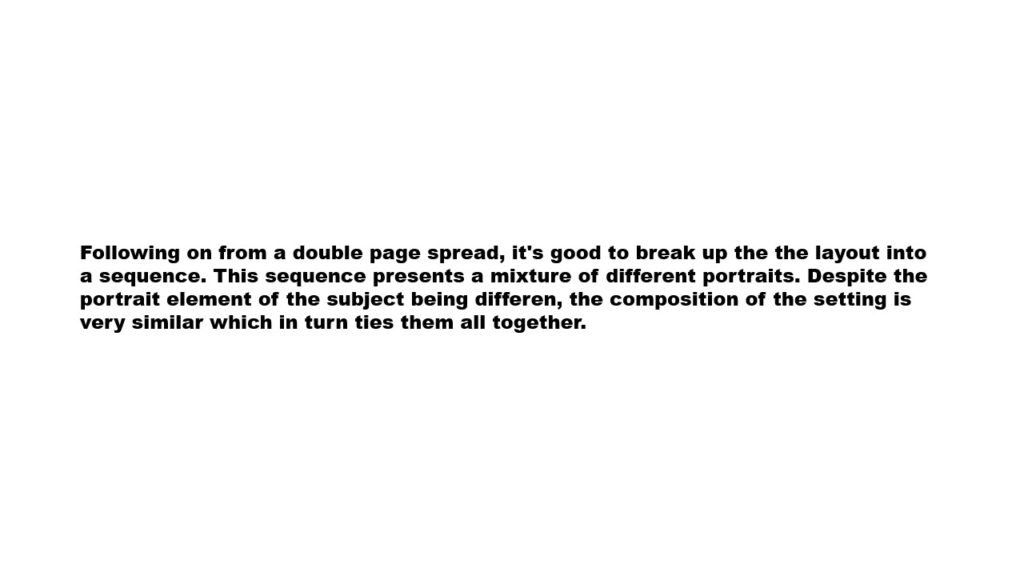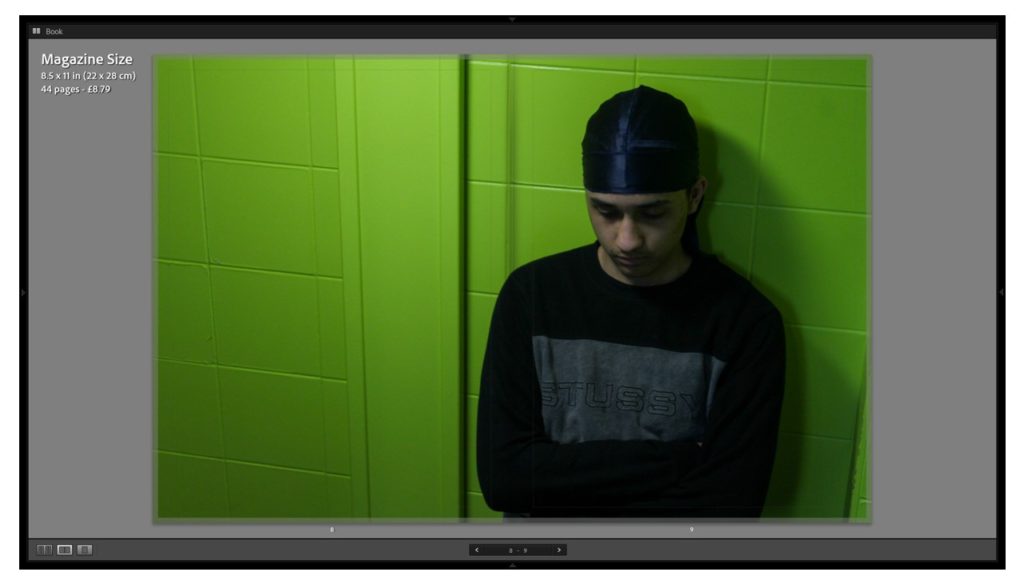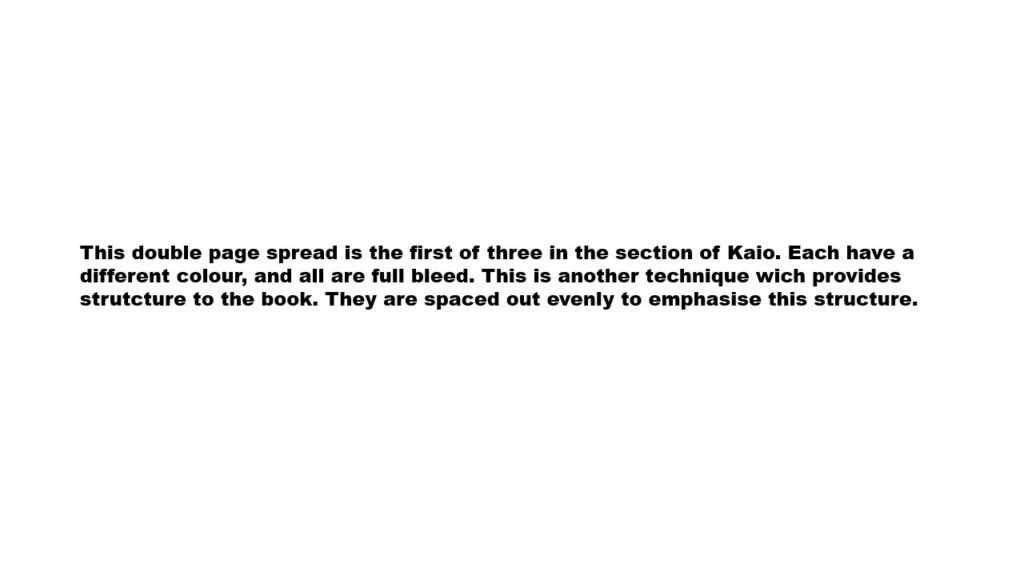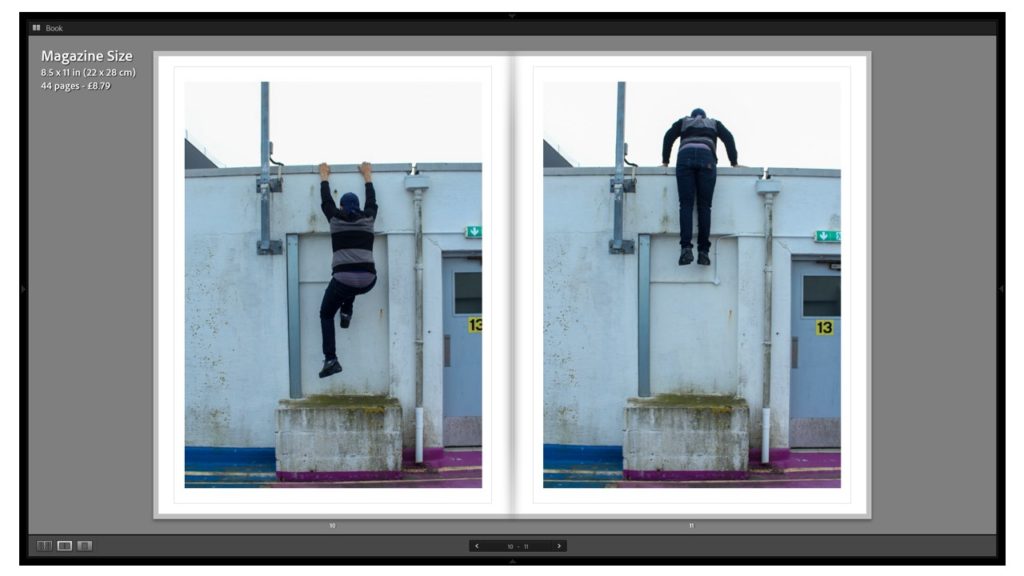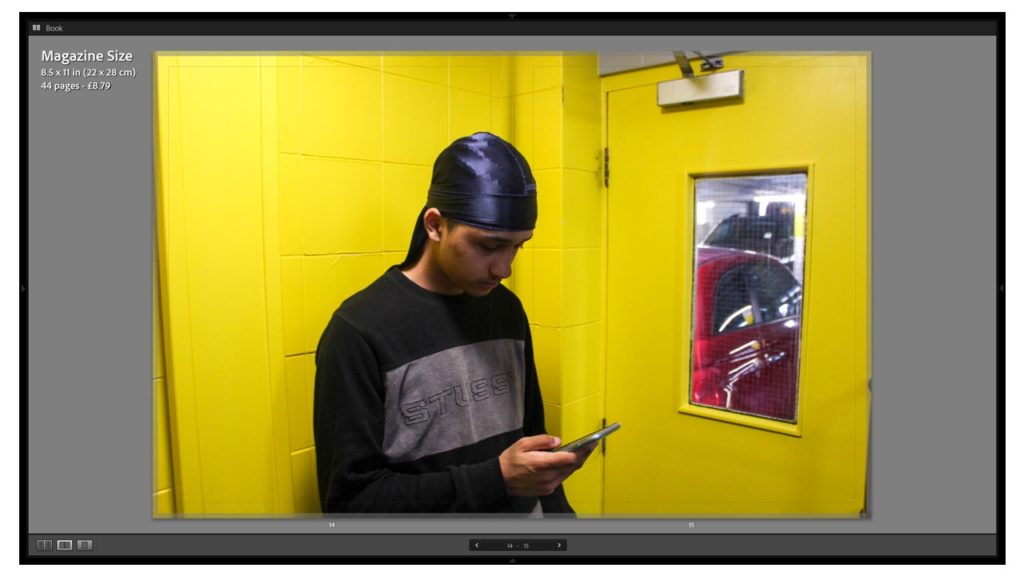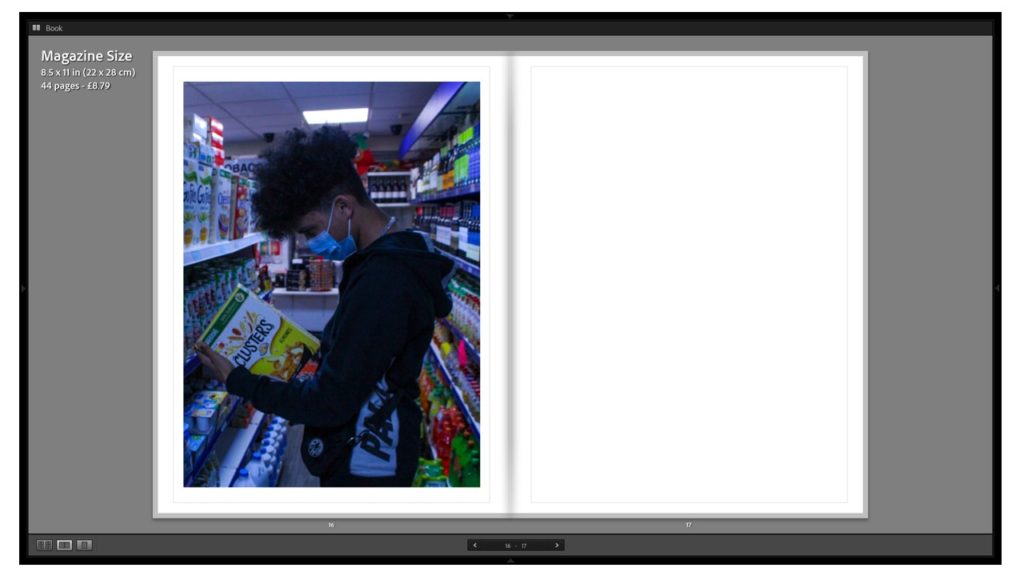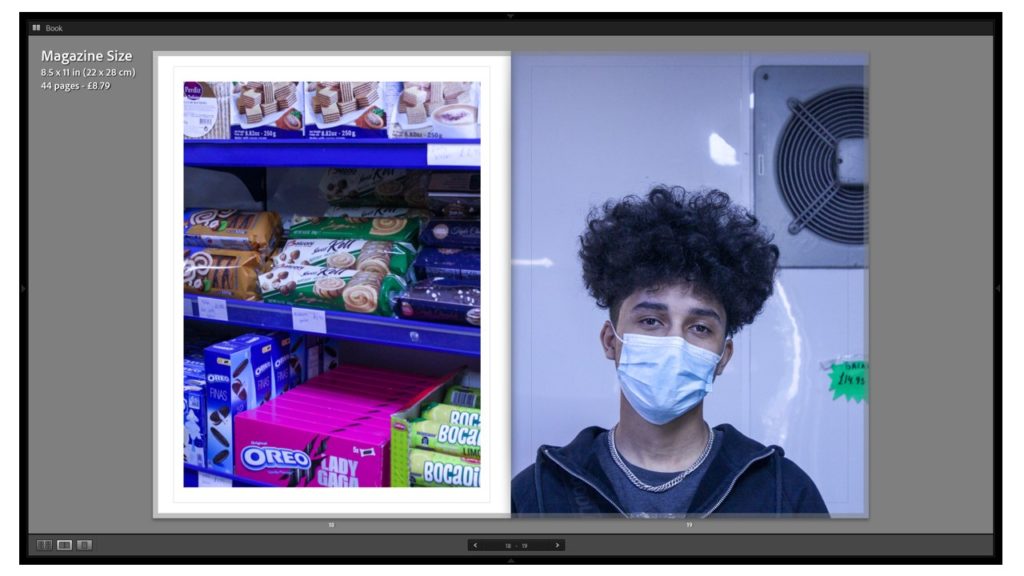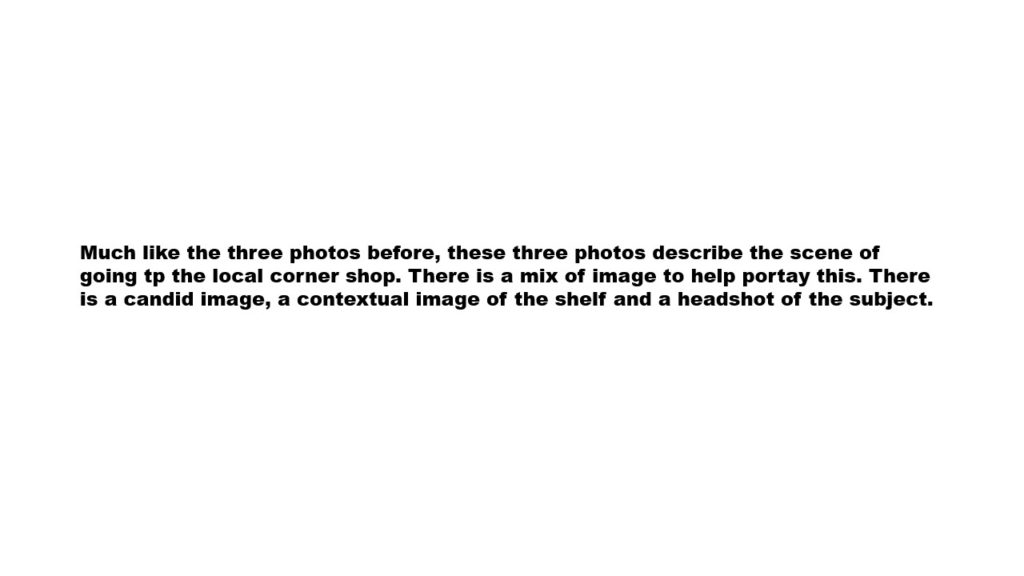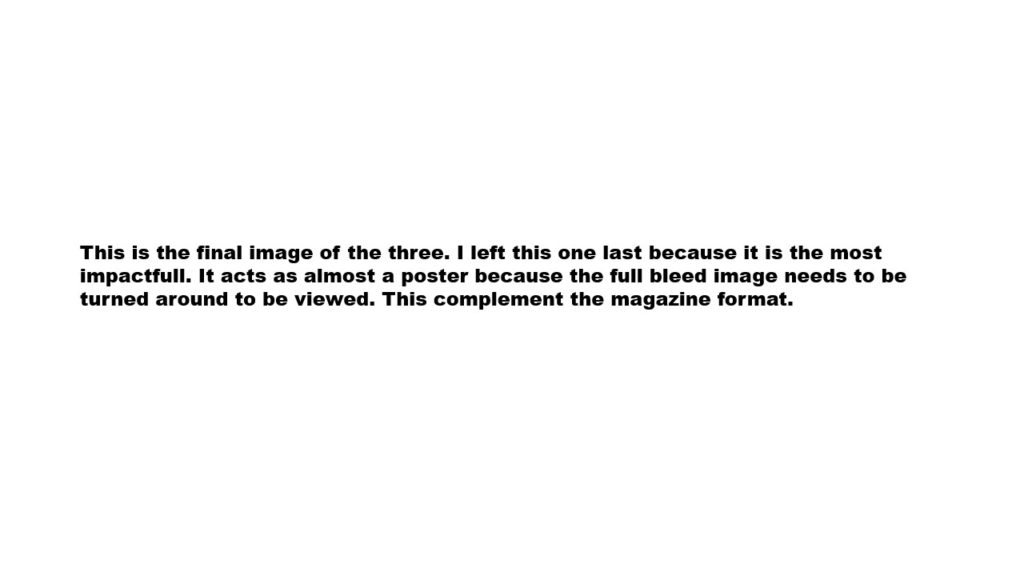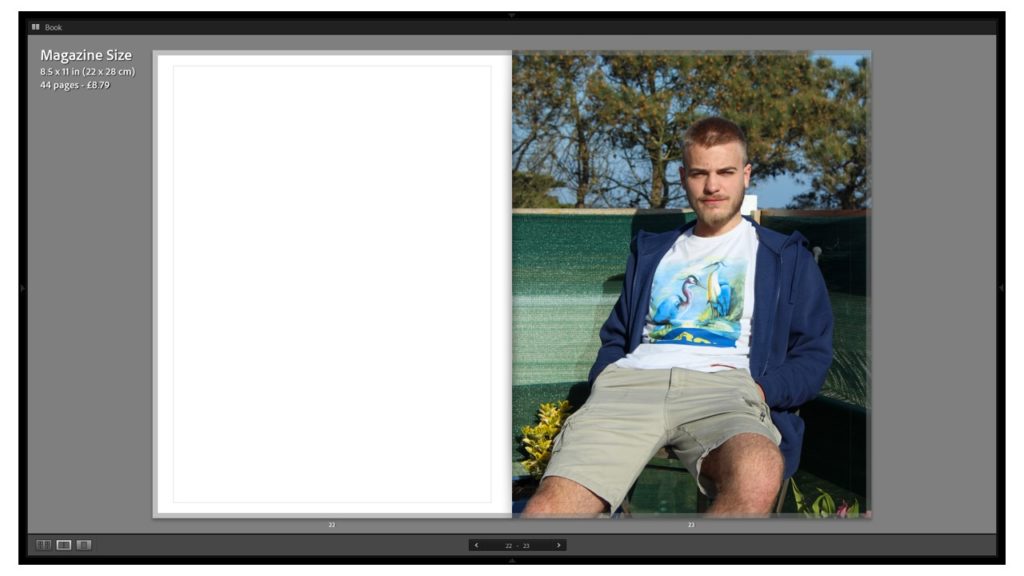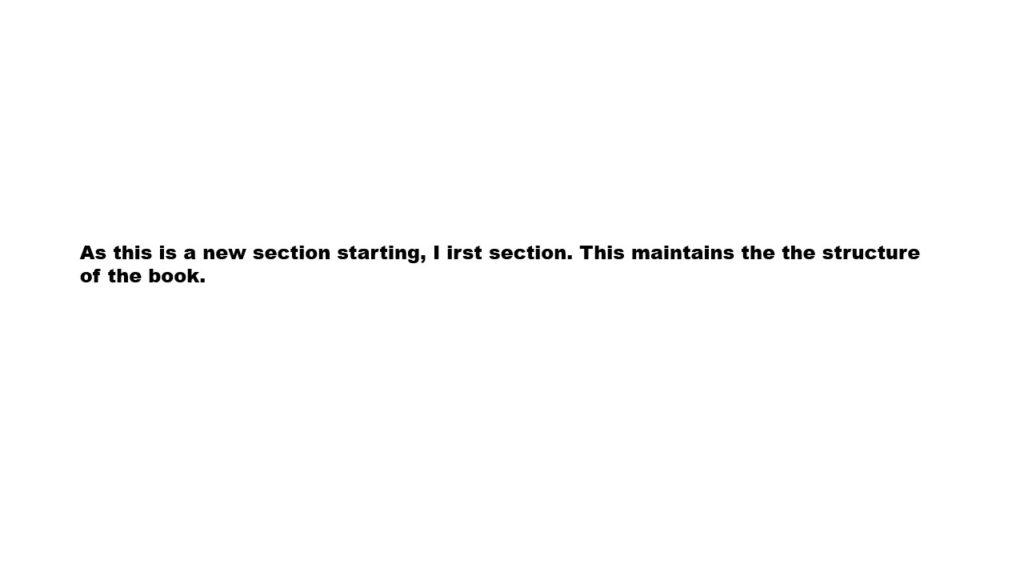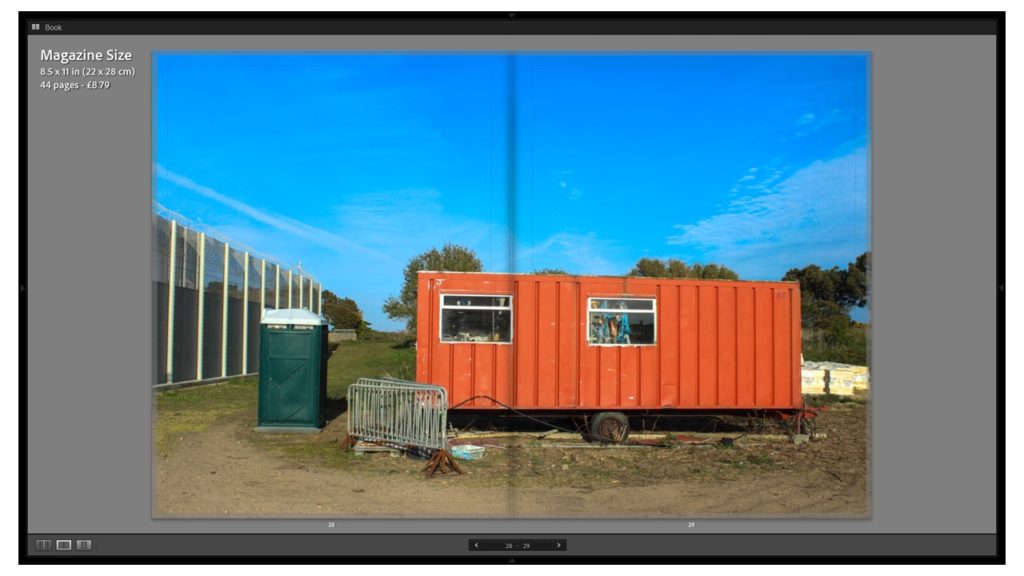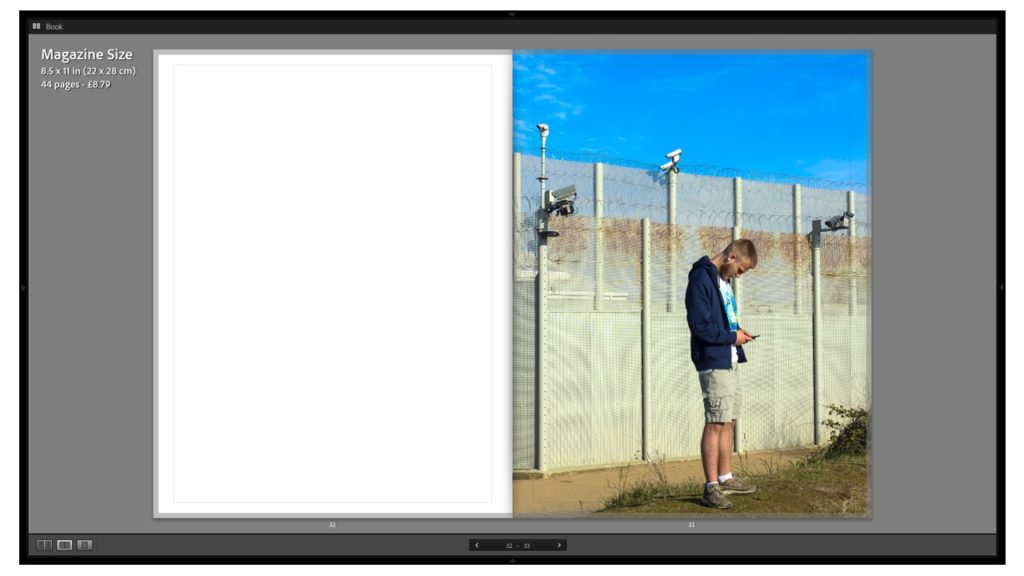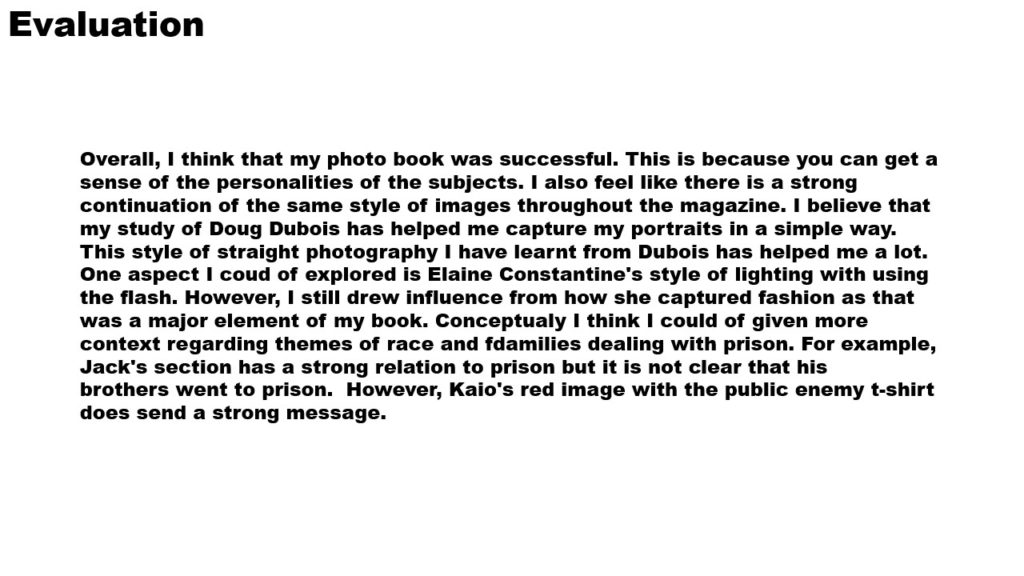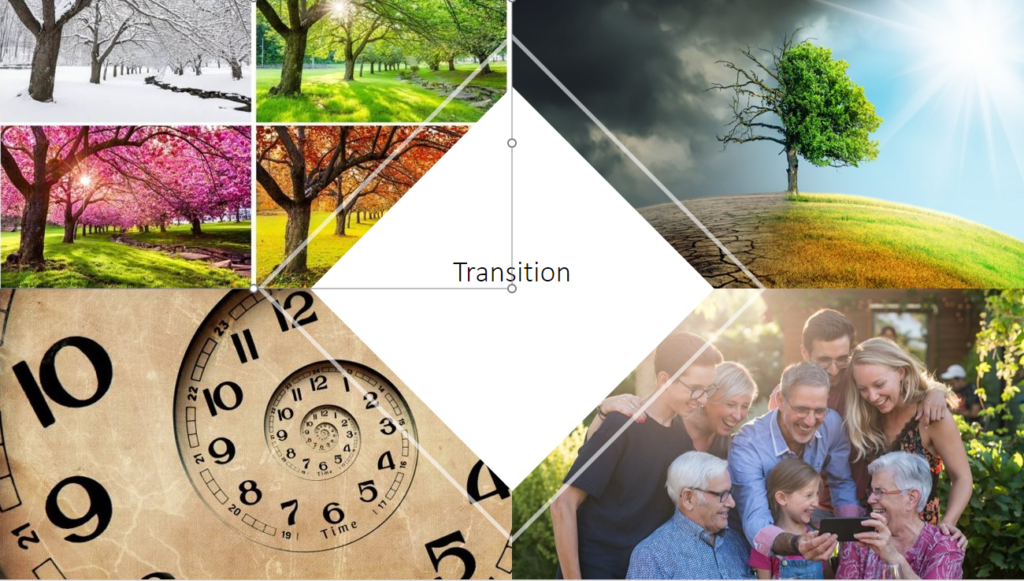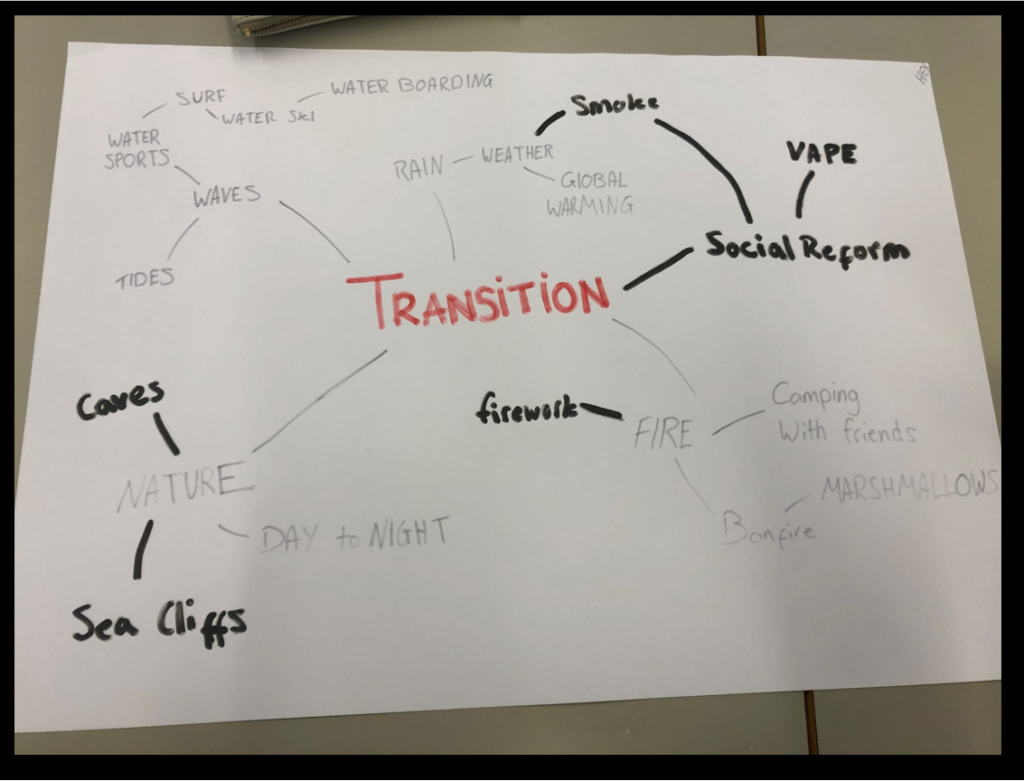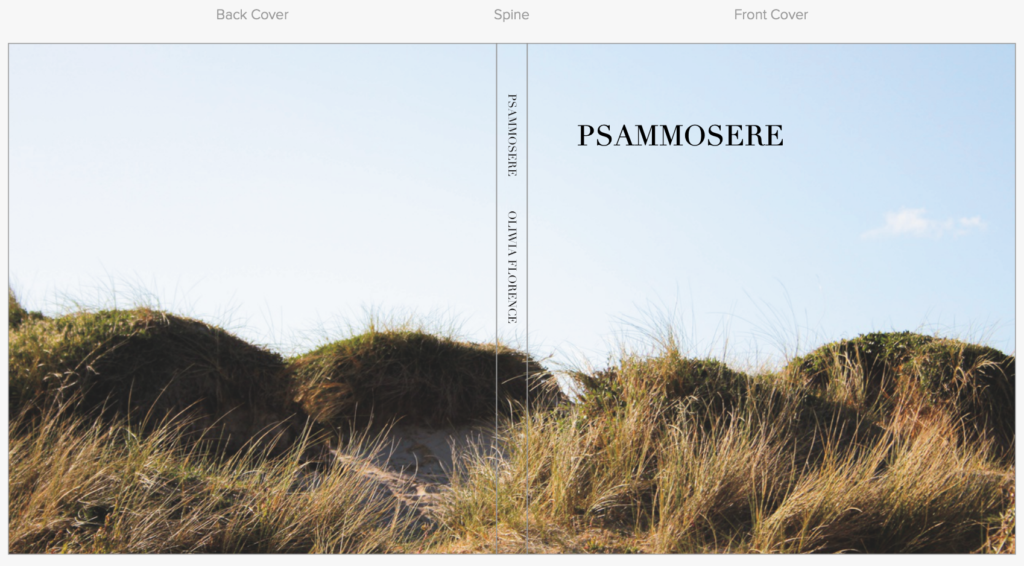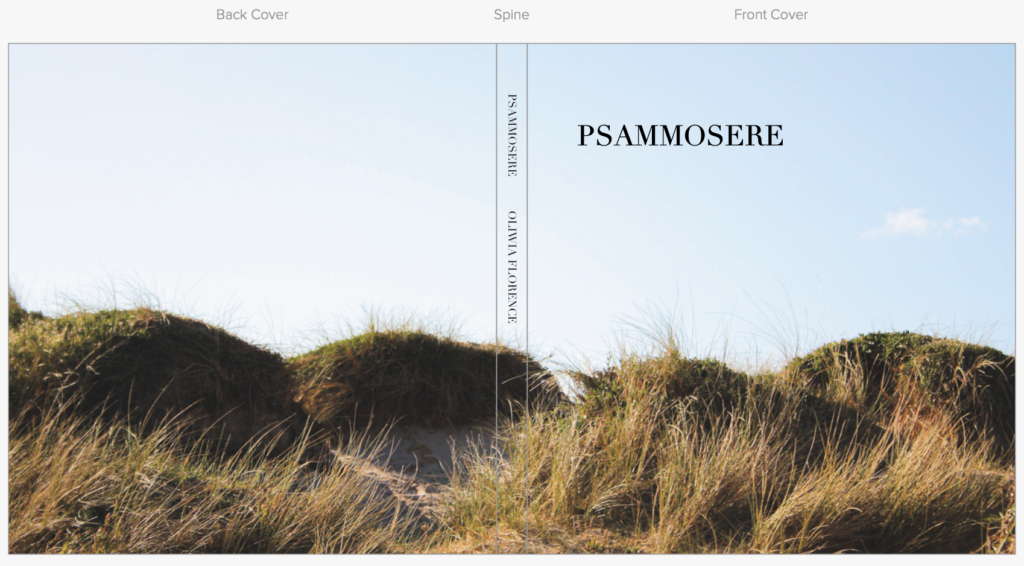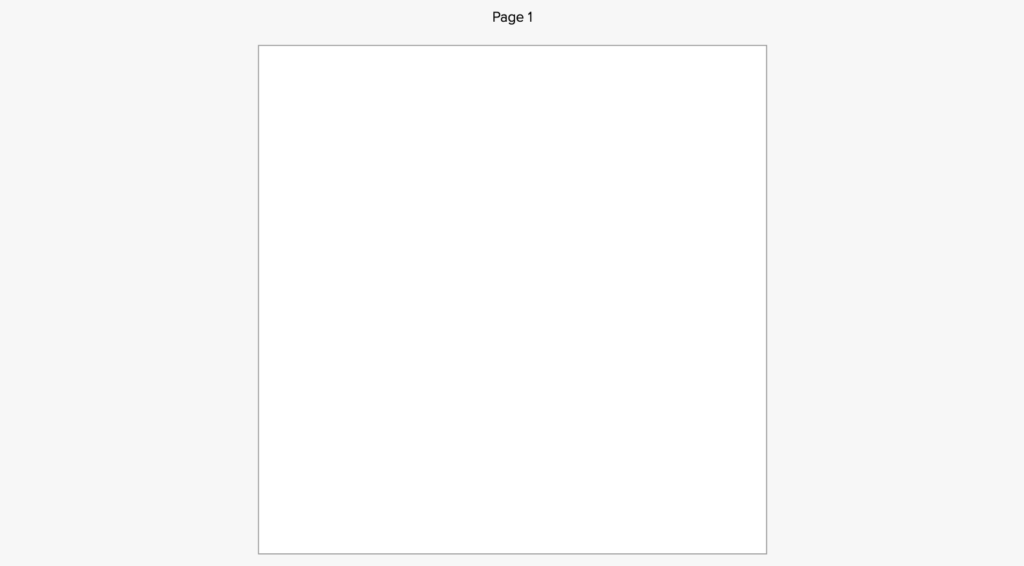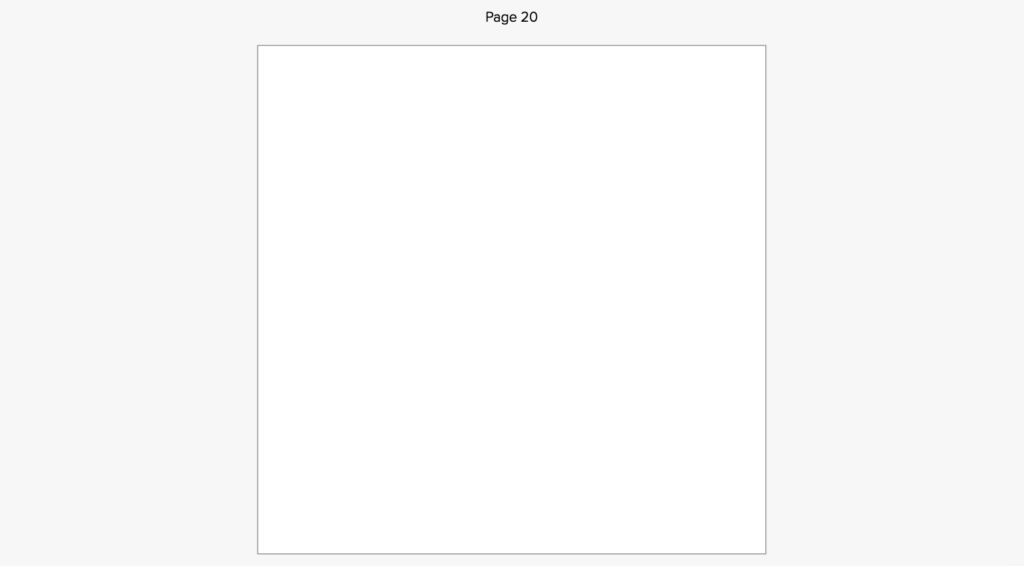Examination dates: 15 hrs controlled test over 3 days
Groups 13A and Group 13B: 4, 6 and 12 May
Group 13C: 5, 13 and 14 May
Here is a simplified check list of what we expect to see posted on the blog from each individual student.
Research 1: – 1-2 blogposts
Mind-map & moodboards based on exam themes
Research 2: Artists References – 1 blog post per artist.
See here for more details and guidelines on how to produce a A-grade artists references. Follow instructions and make sure you include contextual analysis and references to literary sources/ hyperlinks.
Statement of intent – 1 blog post
Description of main idea including how you interpret chosen theme and how you intend to explore it. Use illustrations.
Planning – 1 blog post
Evidence of planning photoshoots and how you responded to artists references.
Recording – 1 -2 blog posts per photo-shoot
From each shoot select 8-12 images for further experimentation. Produce quality work from each shoot and analyse and evaluate your photos through annotation showing understanding of visual language using specialist terminology. Follow process of EDITING > EXPERIMENTING > EVALUATING
Final outcomes – 1 – 3 blog posts
– Final prints: show evidence of how you intend to present and display your final prints – make mock up in Photoshop – for example. a single image or diptych, triptych, predella, size A5, A4 or A3, typology-style grid, collage etc. Use images of a white gallery wall and superimpose your final images using Photoshop
– Photobook: If you have made a photobook – write a book specification and describe in detail what your book is about in terms of narrative, concept and design. Produce a seperate blog post with screen prints of design and layout for further annotation, commenting on pages/ spreads/ narrative/ sequencing/ juxtaposition etc. Make a hyperlink to book browser in Blurb. Follow instructions here:
– Film: Show evidence of storyboarding and produce screen as you progress for further annotation, commenting on editing and sequencing video and sound etc. Upload film via Youtune/ Microsoft Streaming. Follow instructions here:
Evaluation – 1 blog post
Write an overall final evaluation (250-500 words) that explain in some detail the following:
- how successfully you fulfilled the EXAM brief and realised your intentions as set out in your statement of intent. Reflect on any changes, moderations or refinements.
- links and inspiration between your final outcome and exam theme including artists references.
- analysis of final prints/ photobook/ film.
Check all Coursework is completed including print folder and previous modules including Personal Study. See Check list below.
Equipment: If you have borrowed any photographic equipment, cameras, lenses, batteries, tripod, and card readers please bring it no later on the last day of the exam!
To achieve a top marks we need to see a coherent progression of quality work from start to finish following these steps:
RESEARCH > ANALYSIS > PLANNING > RECORDING > DEVELOPING > EXPERIMENTING > PRESENTING > EVALUATING
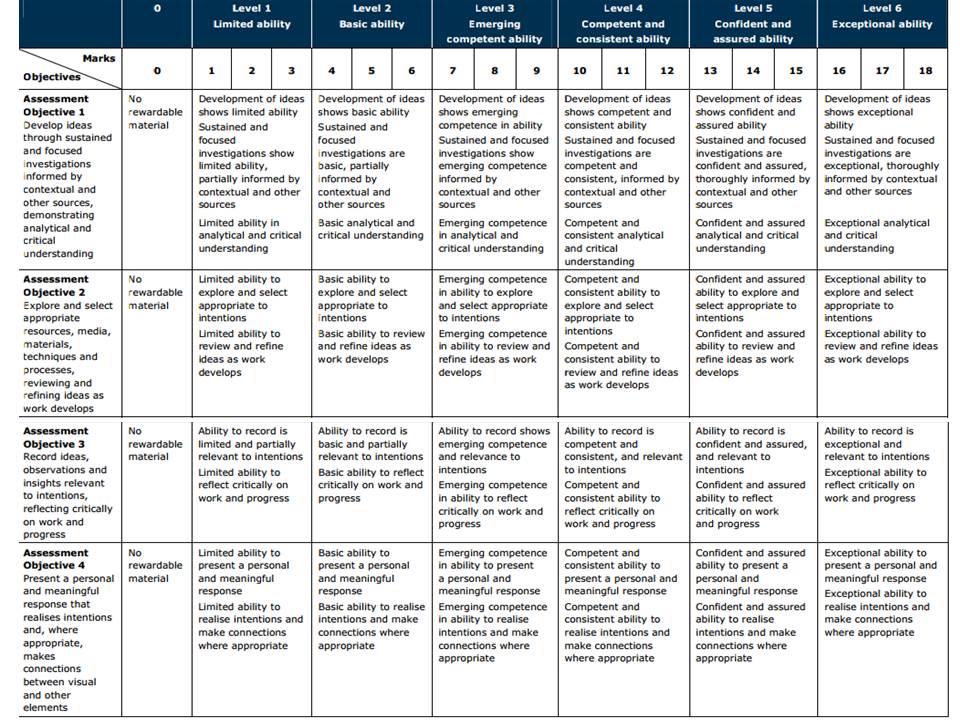
LINK TO ONLINE BLURB BOOK
Your final blog post should be an online link to you BLURB book with an evaluation. If you have already written an evaluation as part of another blog post on your book design then add the online link to that blog post and change the date to make sure it sits at the top.

Log into your blurb account and click on Sell my book
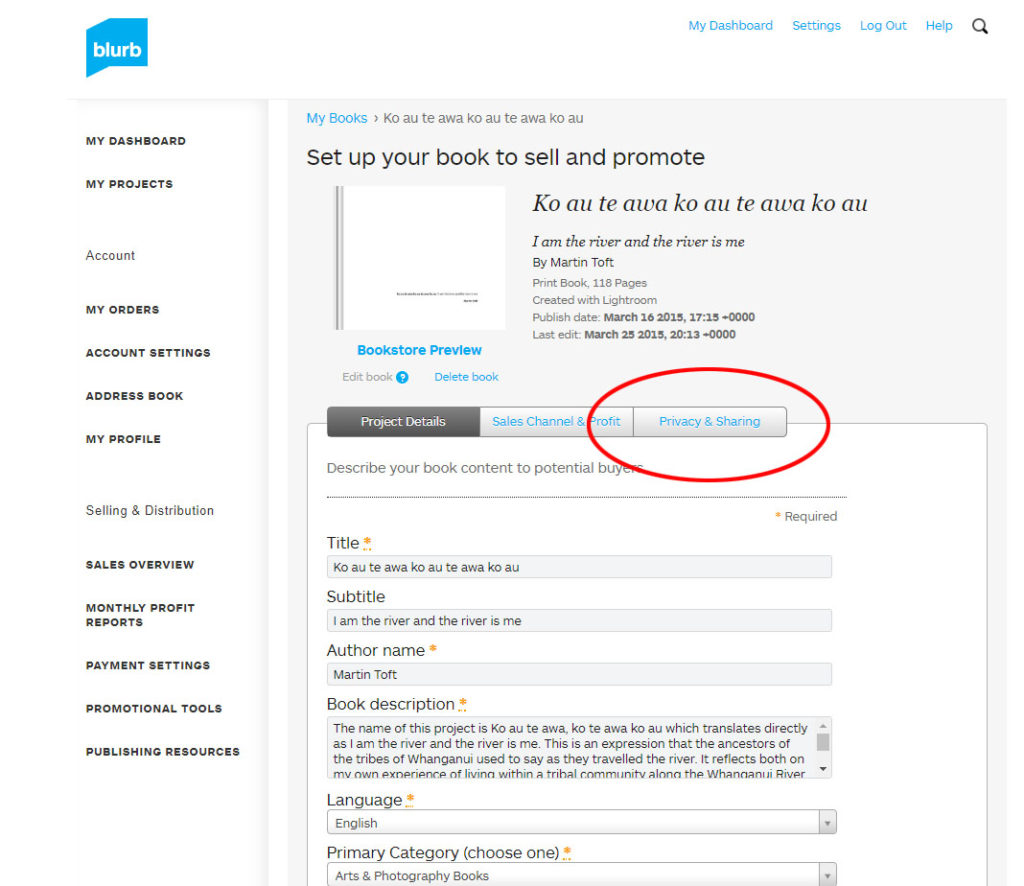
Click on Privacy & Sharing

Copy link circled in red above.

Make a new blog post: MY PHOTOBOOK and copy in link from Blurb into the title of your book using Link button above.


